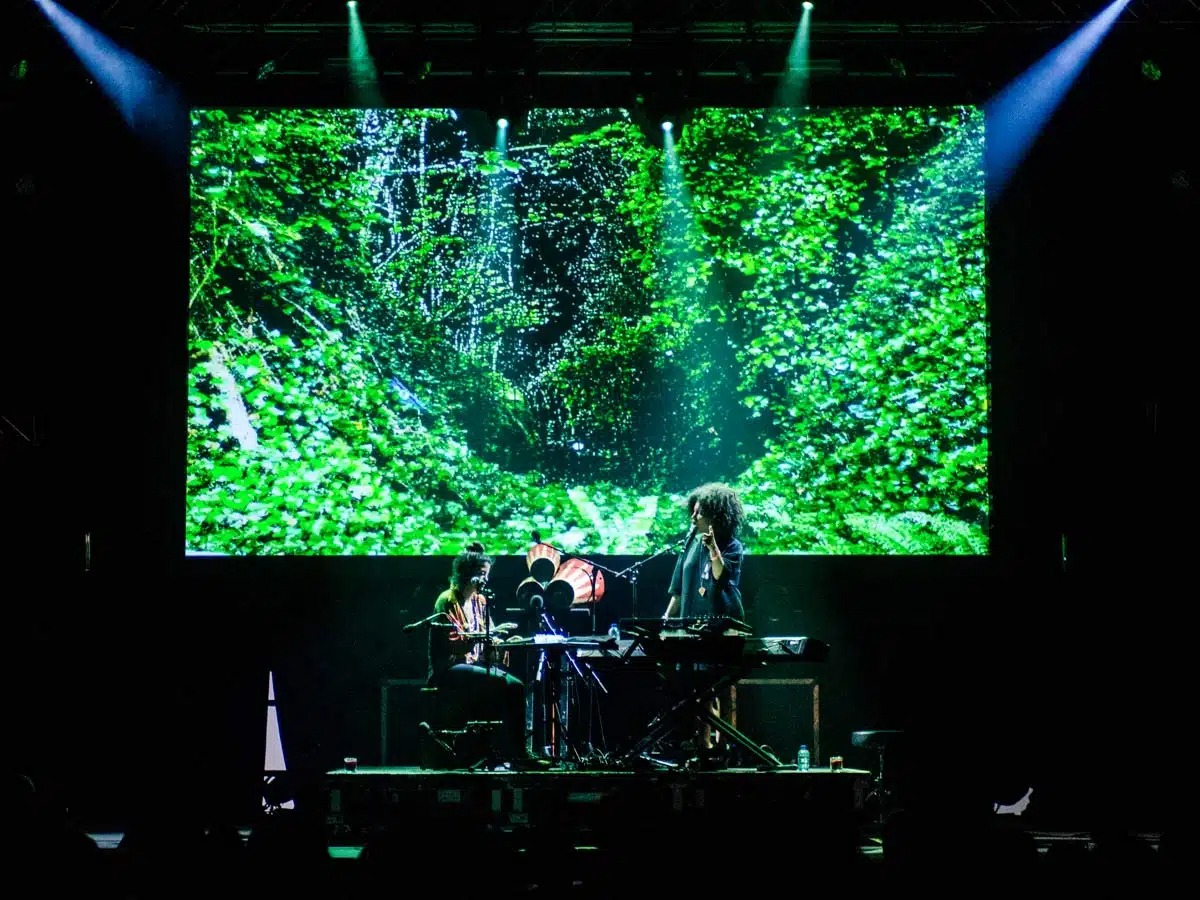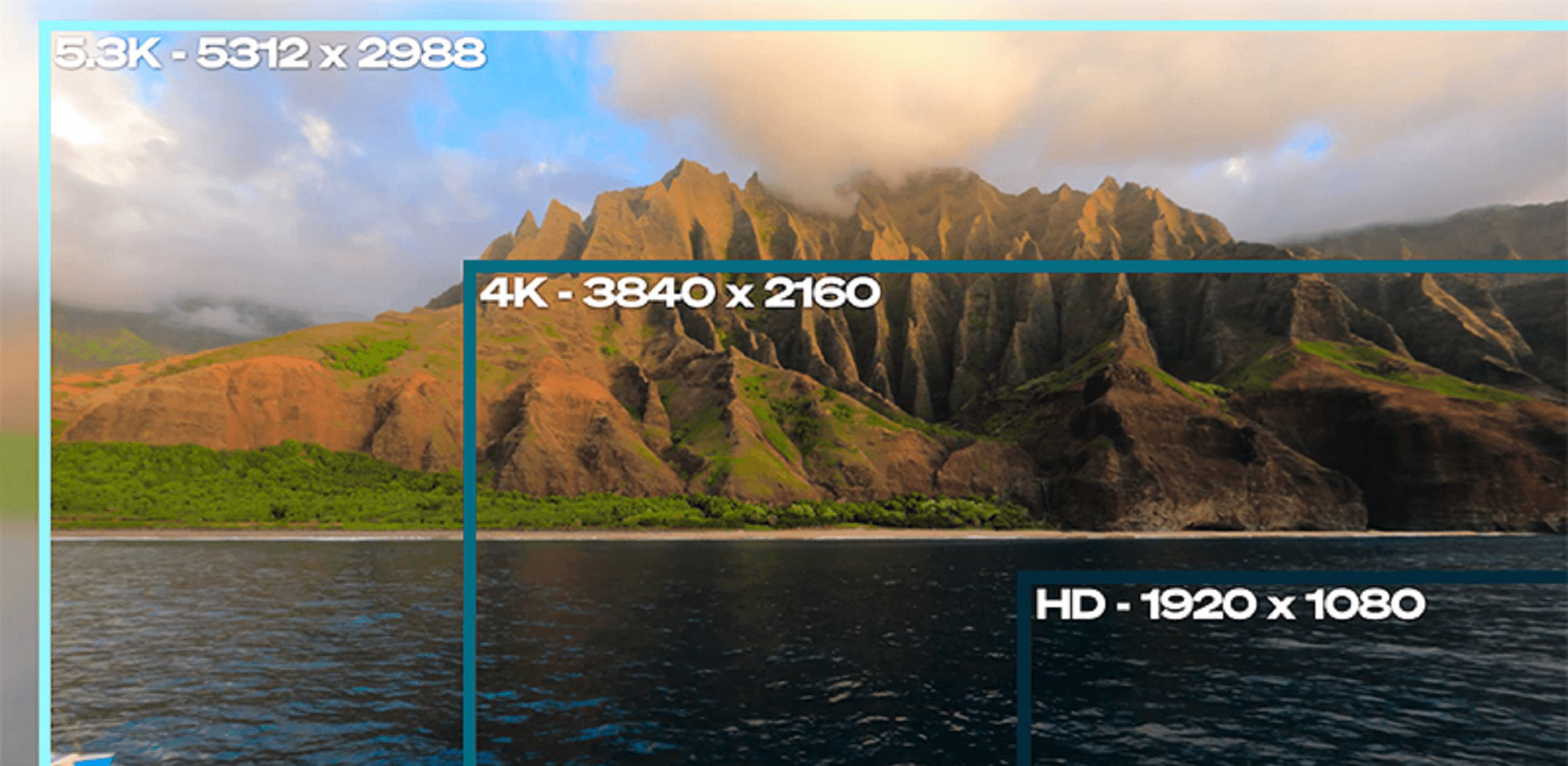1. introduction
The application of LED screens and FHD screens has become quite widespread, extending beyond just televisions to include monitors and LED video walls. While both can serve as backlighting for displays, they have distinct differences. People often face confusion when choosing between an LED display or an FHD display. This article will analyze these differences in detail, helping you better understand the characteristics and suitable applications of FHD and LED screens.
2. What is FHD?
FHD stands for Full High Definition, typically offering a resolution of 1920×1080 pixels. FHD, meaning full high definition, allows LCD TVs that support FHD resolution to fully display content when the source is 1080p. The term “FHD+” refers to an upgraded version of FHD, featuring a resolution of 2560×1440 pixels, which provides more detail and color.
3. What is LED?
LED backlighting refers to the use of Light Emitting Diodes as the backlight source for liquid crystal displays. Compared to traditional cold cathode fluorescent lamp (CCFL) backlighting, LEDs offer lower power consumption, less heat generation, higher brightness, and longer lifespan. LED display maintain their brightness over time, are thinner and more aesthetically pleasing, and offer a softer color palette, especially when combined with a hard screen panel, making it more comfortable for the eyes. Additionally, all LED backlights have the advantages of being energy-efficient, environmentally friendly, and low in radiation.
4. Which Lasts Longer: FHD or LED?
The choice between FHD and LED screens for prolonged use might not be as straightforward as you think. LED and FHD screens exhibit different strengths in various aspects, so the choice depends on your personal needs and usage scenarios.
LED backlit screens generally offer higher brightness and lower power consumption, making them more energy-efficient and durable for long-term use. Additionally, LED screens often feature faster response times and wider viewing angles, resulting in smoother and clearer video and gaming experiences.
On the other hand, FHD screens usually have higher resolution and more detailed image quality, making them superior for viewing high-definition videos and images. However, FHD screens often require higher power consumption and longer response times, which may affect their performance during extended use.
Therefore, if you prioritize energy efficiency and durability, an LED backlit screen might be the better option. If you place greater importance on image quality and resolution, then an FHD screen might be more suitable. Ultimately, the choice depends on your specific needs and usage scenarios.
5. LED vs. FHD: Which is More Environmentally Friendly?
Unlike FHD, LED screens are a more environmentally friendly option. Compared to traditional fluorescent backlighting, LED screens consume less energy and offer a longer lifespan.
Moreover, LED backlight technology provides higher brightness and a broader color gamut, delivering clearer and more vibrant images. From an environmental standpoint, LED screens are undoubtedly the superior choice.

6. Price Comparison: LED vs. FHD Screens of the Same Size
The price difference between LED and FHD screens of the same size mainly depends on their manufacturing processes, material costs, and the level of technology applied. LED screens typically utilize advanced LED technology and low-power designs, which often results in higher costs. Additionally, LED screens require extra thermal management design, further increasing manufacturing costs. In contrast, FHD screens generally use traditional CCFL technology, which has a simpler manufacturing process and lower costs. Therefore, there may be differences in material expenses between LED and FHD screens of the same size.
7. Application Scenarios: Where LED and FHD Screens Shine
LED screen has the characteristics of high brightness, wide viewing angle and strong weather resistance, at present in the field of display, outdoor billboard, huge LED display, stage LED screen and church LED display are particularly popular among people. From massive billboards in commercial districts to stunning stage backgrounds at concerts, LED screens’ dynamic and high-brightness display effects attract attention, becoming a crucial medium for information delivery and visual enjoyment. With technological advancements, some high-end LED displays now support FHD or even higher resolutions, making outdoor advertising and large-scale displays more detailed and vivid, further expanding the application range of LED screens.
FHD screens, representing full HD resolution, are widely used in home entertainment, office productivity tools, and educational and learning environments. In home entertainment, FHD televisions provide viewers with clear and detailed images, enhancing the immersive viewing experience. In office settings, FHD monitors help users complete tasks efficiently with their high resolution and color accuracy. Additionally, in education, FHD screens are widely used in electronic classrooms and online learning platforms, offering students high-quality visual learning materials.
However, the applications of LED and FHD screens are not entirely separate, as they often overlap in many scenarios. For example, in commercial display and advertising, LED screens, the primary form of outdoor advertising, may integrate FHD or higher resolution display units to ensure that content remains clear and legible even from a distance. Similarly, indoor commercial venues may use LED backlight technology combined with FHD screens for high brightness and high contrast display effects. Additionally, in live concerts and sports events, LED screens and FHD or higher resolution cameras and broadcast screens work together to deliver a stunning visual experience for the audience.
8. Beyond FHD: Understanding 2K, 4K, and 5K Resolutions
1080p (FHD – Full High Definition): Refers to high-definition video with a resolution of 1920×1080 pixels, the most common HD format.
2K (QHD – Quad High Definition): Usually refers to high-definition video with a resolution of 2560×1440 pixels (1440p), which is four times that of 1080p. The DCI 2K standard is 2048×1080 or 2048×858.
4K (UHD – Ultra High Definition): Generally refers to ultra-high-definition video with a resolution of 3840×2160 pixels, four times that of 2K.
5K UltraWide: A video format with a resolution of 5120×2880 pixels, also known as 5K UHD (Ultra High Definition), offering even higher clarity than 4K. Some high-end ultrawide screens use this resolution.
9. Conclusion
In summary, both LED screens and FHD screens have their own advantages. The key is to determine which features you need and which type is best suited to your specific requirements. No matter what you choose, the best option is the one that meets your needs. After reading this article, you should have a deeper understanding of LED and FHD screens, enabling you to choose the screen that best suits your needs.
RTLED is a LED display manufacturer with 13 years of experience. If you are interested in more display expertise, contact us now.
Post time: Aug-22-2024



